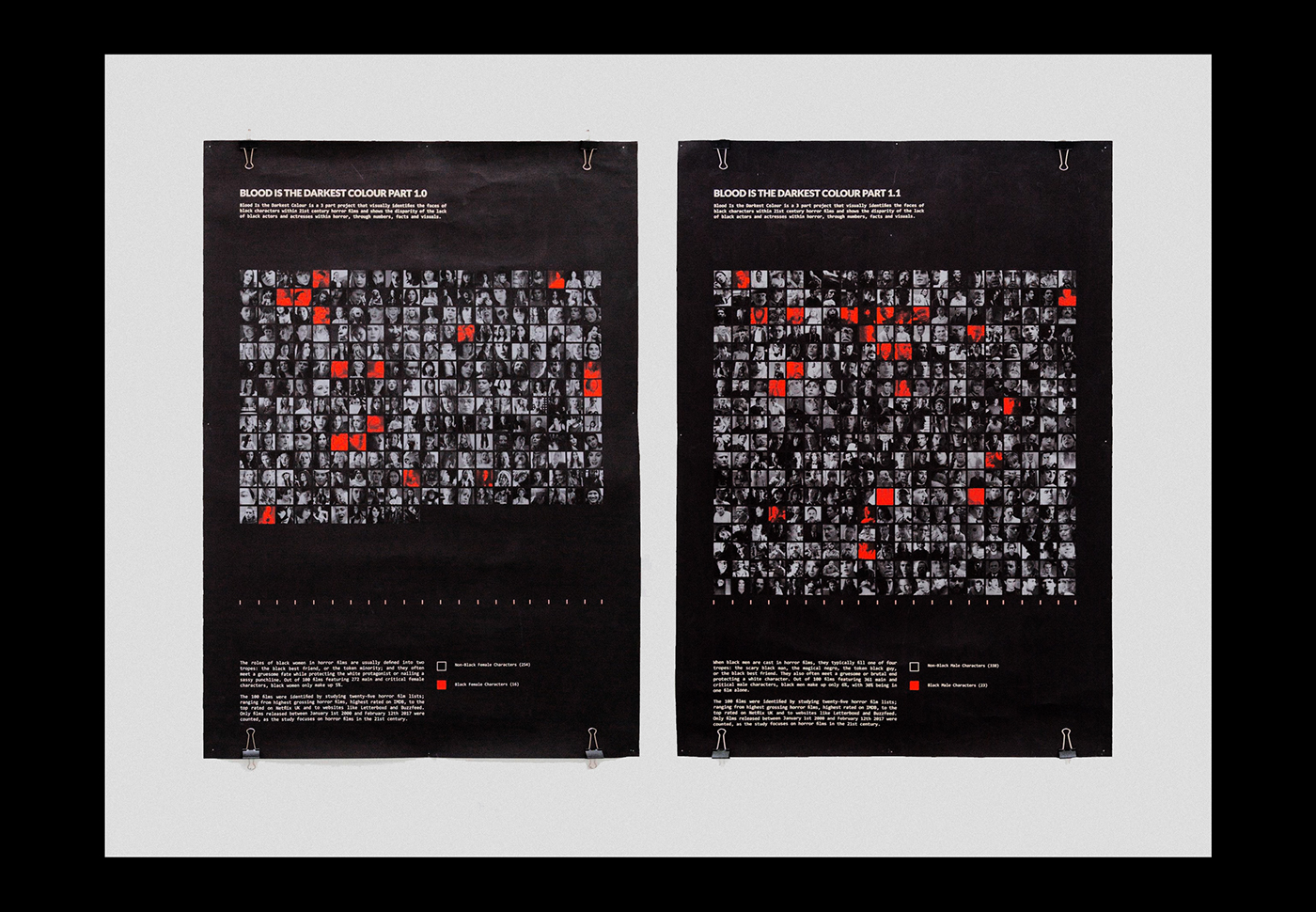
Blood Is The Darkest Colour
Intro
As a black female horror fan, I’ve always been abstractly aware of the lack of black men and women in horror, as well as the big race related tropes: Black guy dies first? Check. Black Best friend? Noted. But it wasn’t until recently that I started to really notice the constant lack of black men and women within horror.
Recent big horror films such as It Follows, Neon Demon, and The Witch have been hailed as new cult classics, and the start of a new horror genre, as well as growing examples of feminist horror. There’s a pretty big thing missing from these films however, and that’s black people.
In recent years, the black man or woman doesn’t even get cast as the black best friend, or the magical negro. They don’t get cast at all. With the rise of feminist horror films and horror directed by women, you would think there would be a rise of at least black women appearing in horror films, and opportunities for black directors as a part of a growing number of horror anthologies, but outside of Jordan Peele’s 2017 blockbuster Get Out, the horror genre is still, for the most part, a platform for white actors and directors, with little opportunity for black people.
Concept
Blood Is the Darkest Colour is a 3 part project that visually identifies the faces of black characters within 21st century horror films and shows the dispiriting of black actors and actresses within horror, through numbers, facts and visuals.



Degree Show 2017 @ Sidney Cooper Gallery Canterbury











